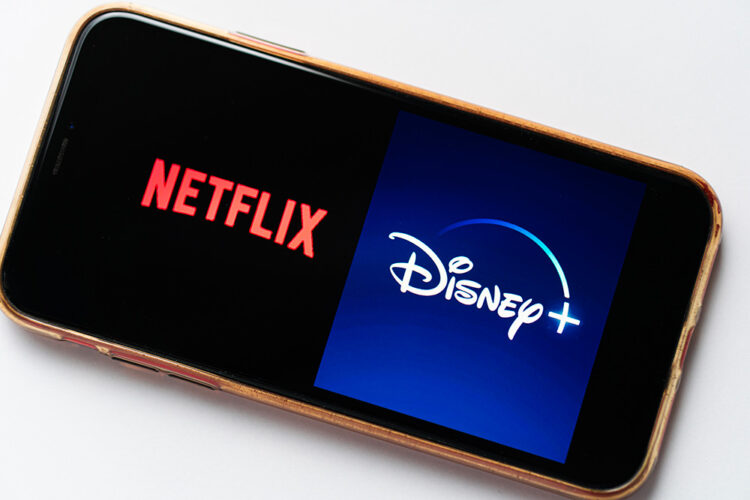CES: Disney leans in to commerce while Netflix sees ad tier growth

At the Consumer Electronics Show (CES) in Las Vegas last week, Disney and Netflix both unveiled new information about their ad tiers.
Disney announced its first native streaming shoppable ad format, called Gateway Shop, which has launched in limited beta with brands including Unilever. Through Gateway Shop, consumers can access personalised offers from retailers within the viewing environment.
The company said it has designed the technology around the “natural behaviour of streaming audiences”, who often watch programmes with another screen in hand, be it a phone or laptop.
Disney is currently developing the capacity for viewers to send products they see on streaming to their second screen to continue the shopping experience via a new feature called Shop the Stream.
Amy Lehman, Disney’s senior vice-president of ad platforms, described Gateway Shop as a “prime example of the holistic approach we take to building viewer-first ad experiences and formats. Audience behaviours have changed — and advertising should reflect that and serve both viewers and marketers in new ways.”
Analysis: Extending TV’s value proposition
Disney global advertising president Rita Ferro had hinted at the company’s intended expansion into shoppable TV at the Future of TV Advertising Global event in London in December.
“We’re spending a lot of time now around gamification, shopification, [and] how social gets integrated into the broader user experience,” she said.
The emergence of TV commerce (also known as T-commerce) is to be expected as entertainment companies lean in to the capabilities offered by digital environments.
“The blend of T-commerce and innovations like clickable, scannable or shoppable formats is enhancing the value of TV advertising, positioning it as linchpin in campaigns able to drive measurable results at all levels of the funnel,” Mike Shaw, Roku’s director of international sales, commented.
“This shift is extending television’s value proposition from a reach and branding vehicle into a core role within the personalised viewer journey.
“We expect marketers will start creating dedicated retail and streaming media strategies to help them more easily leverage retail datasets in TV streaming environments to further boost the effectiveness of their 2024 T-commerce initiatives.”
Among other new features for marketers that Ferro announced at CES, advertisers can now buy inventory across both Hulu and Disney+ in a single campaign and the company is now offering a new contextual ad format called Disney’s Magic Words.
Netflix ‘excited’ about ad tier engagement
Elsewhere at CES, Netflix president of advertising Amy Reinhard announced the streaming platform’s ad tier now has more than 23m monthly active users globally.
It should be noted that this does not mean there are currently 23m paying subscribers on the ad tier. Netflix counts monthly active users as the total number of individual profiles within all paid accounts that have used the service within a given month.
Reinhard, who took over from Jeremi Gorman in October, told CES: “The thing we’re really excited about is engagement.” She added that 85% of customers on ad-supported plans are streaming on the platform for at least two hours per month.
That may not be a particularly high bar for a streaming company, but user growth is nevertheless impressive based on that metric. Less than three months ago, Netflix had announced 15m monthly users were on the ad tier one year after launch; the latest 23m figure amounts to a 53% increase.
In its Q3 earnings report in October, Netflix said ads plan membership had increased nearly 70% quarter on quarter, with 30% of new sign-ups choosing the cheaper ad tier.
At CES, Netflix also announced a new ad format that will display when users pause shows, with the feature being rolled out over the next few months. Ads will only display once the screen has been paused for at least five seconds, which Netflix believes best supports the user experience by avoiding displaying ads when a show was accidentally paused.
Such respect for the consumer was highlighted at The Future of TV Advertising Global by Netflix vice-president of advertising Peter Naylor. “We always make sure that whatever we do, we make sure that it’s not going to cause viewer harm,” he told delegates in December. “We’re making sure that the subscription price for the ad-supported tier is attractive, but we don’t take advantage of the fact that they’ve opted into ads to overwhelm them with ads.”
Nevertheless, Naylor stressed that Netflix is “proud to be an ads business” and is working to provide marketers with more confidence in their offering by improving transparency, measurement and third-party audience verification.




